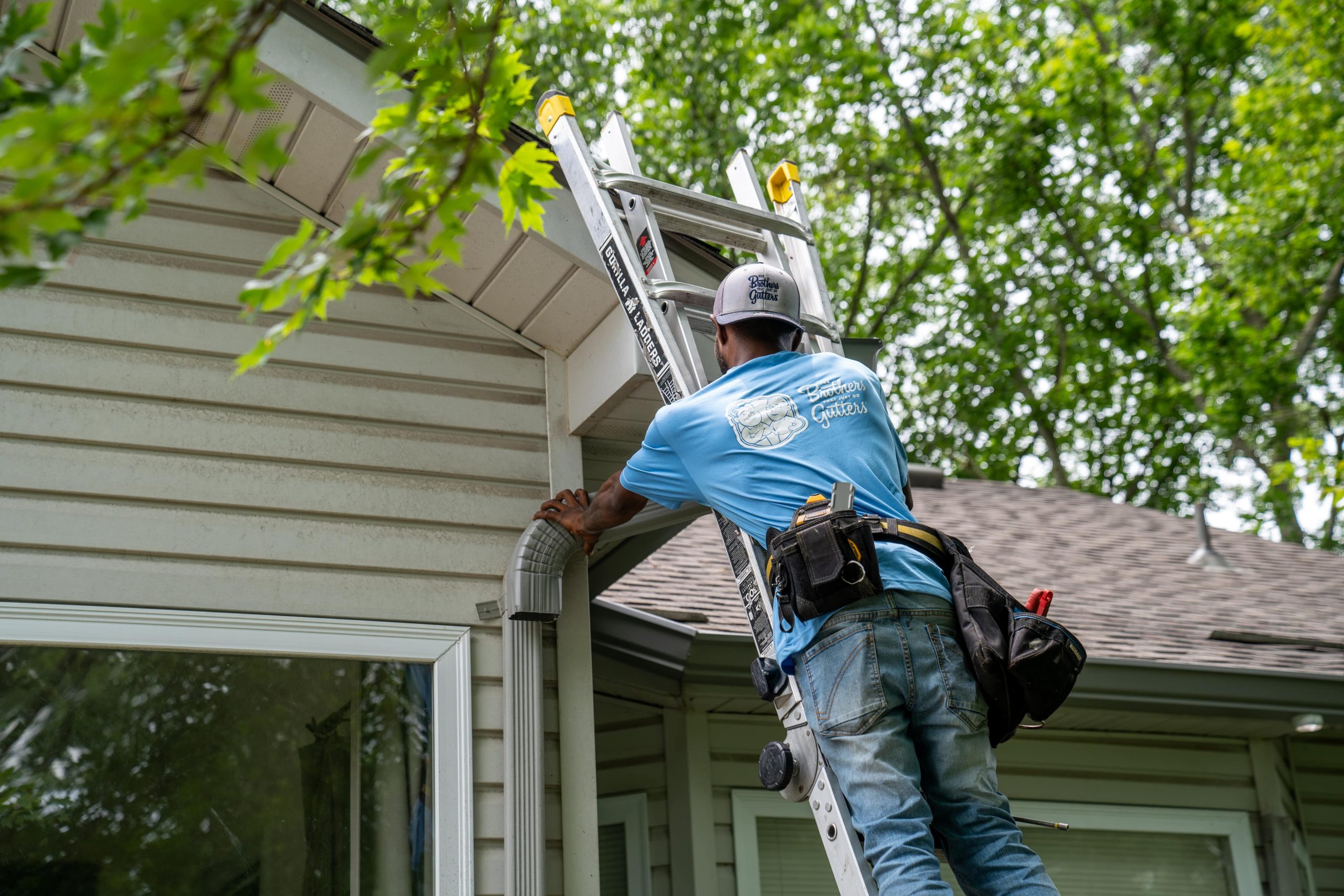
Gutter lengths are essential components of any property’s drainage system, and transporting them safely and efficiently is crucial for any home improvement project. Whether you are a homeowner looking to replace, repair, or install gutters, knowing how to properly transport gutter lengths will ensure that the materials arrive at your property in optimal condition, ready for installation. In this comprehensive guide, we will explore the best practices for transporting gutter lengths, with a focus on tips and considerations for homeowners in Bedford, NH.
Choosing the Right Vehicle for Transporting Gutter Lengths
When transporting gutter lengths, selecting the appropriate vehicle is essential to ensure the safe and secure delivery of the materials. Consider the following factors when choosing a vehicle for transporting gutter lengths:
– Size and Length: Ensure that the vehicle has ample space to accommodate the length of the gutters without requiring them to be bent or folded.
– Protection: Opt for a vehicle with a covered or enclosed cargo area to shield the gutter lengths from the elements, such as rain, wind, and debris during transit.
– Securement: Look for a vehicle with built-in tie-down points or anchor systems to secure the gutter lengths in place and prevent shifting or movement during transport.
Securing the Gutter Lengths for Transportation
Once you have selected the appropriate vehicle for transporting gutter lengths, it is crucial to secure the materials properly to prevent damage or accidents during transit. Follow these guidelines for securing gutter lengths for transportation:
– Use Ratchet Straps: Invest in high-quality ratchet straps to secure the gutter lengths to the vehicle’s cargo area. Ensure that the straps are tensioned securely to prevent any movement or slippage during transportation.
– Padding and Protection: Consider using foam padding or protective materials to cushion the gutter lengths and prevent scratches, dents, or other damage during transit.
– Balance and Distribution: Distribute the weight of the gutter lengths evenly within the vehicle to maintain stability and prevent tilting or imbalance during transportation.
Navigating Through Bedford, NH with Gutter Lengths
As a homeowner in Bedford, NH, navigating through the local roads and neighborhoods with gutter lengths requires careful planning and awareness of potential obstacles. Consider the following tips for transporting gutter lengths through Bedford, NH:
– Route Planning: Plan your route in advance, considering factors such as road width, overhead clearance, and any potential construction or traffic restrictions that may affect the transportation of gutter lengths.
– Height Restrictions: Be mindful of overhead obstacles such as low-hanging branches, utility lines, and bridges to avoid any collisions or damage to the gutter lengths during transit.
– Neighborhood Considerations: When navigating residential neighborhoods, be mindful of parked cars, narrow streets, and pedestrian traffic to ensure safe and efficient transportation of gutter lengths to your property.
Professional Assistance for Transporting Gutter Lengths
If you are unsure about transporting gutter lengths on your own, or if the length and complexity of the project require professional expertise, consider enlisting the services of a reputable gutter installation and repair company in Bedford, NH. Professional assistance can provide the following benefits:
– Expertise: Benefit from the knowledge and experience of professionals who specialize in gutter installation and repair, ensuring that the gutter lengths are transported and handled with precision and care.
– Equipment and Tools: Professional gutter installation companies have the necessary equipment and tools to transport gutter lengths safely, including specialized vehicles, protective materials, and securement devices.
– Peace of Mind: By entrusting the transportation of gutter lengths to professionals, homeowners can enjoy peace of mind knowing that the materials will be delivered safely and efficiently to their property.
Concluding remarks
Transporting gutter lengths is a crucial aspect of any gutter installation or repair project, and homeowners in Bedford, NH can benefit from realizing the best practices for safe and efficient transportation. By choosing the right vehicle, securing the gutter lengths properly, navigating through local roads and neighborhoods with caution, and considering professional assistance when needed, homeowners can ensure that their gutter lengths arrive at their property in optimal condition, ready for installation.
Get Free Quote:
Brothers Gutters of Merrimack Valley offers professional gutter installation, repair, and maintenance services in Bedford, NH. Zip codes served: 03110, 03111.

